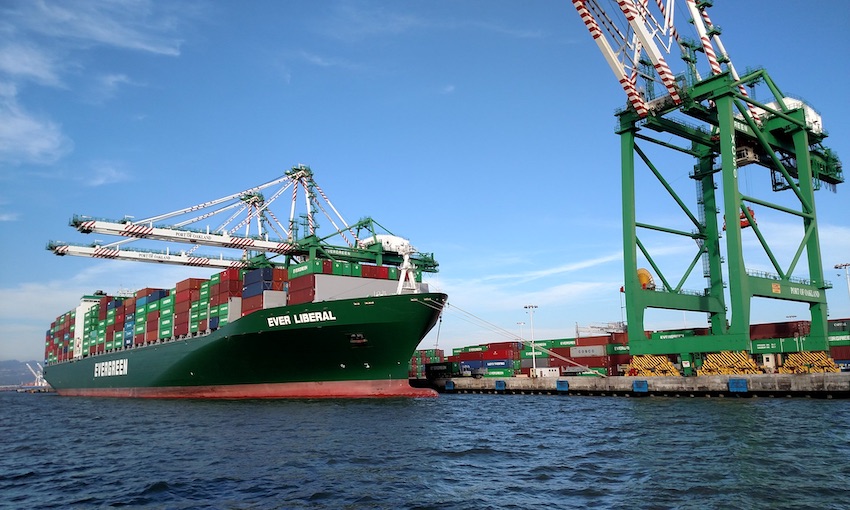DECARBONISATION is the name of the game these days – but you can’t reduce what isn’t measured in the first place.
Evergreen Marine recently carried out a systematic inspection and calculation of greenhouse gas emissions across its business operations. It looked at its global operating fleet, its office buildings and container terminals in Taiwan.
The GHG Protocol and the British Standards institution (in compliance with ISO14064-1:2018) certified Evergreen’s methodology and results.
In a statement, Evergreen said the Taiwanese Financial Supervisory Commission has launched its “Sustainable Development Roadmap for Listed Companies” in March this year, requiring companies to disclose their greenhouse gas emission inventories in stages.
Listed companies such as Evergreen Marine, with capital of more than 10 billion new Taiwan dollars ($470 million) must complete the survey of its greenhouse gas emission sources and inventories next year and obtain third-party verification by 2024. In addition, surveys and verification of its subsidiaries must be completed in 2025 and 2027, respectively.
“To comply with relevant regulations and meet various information needs about greenhouse gas emission of customers and other stakeholders, Evergreen Marine established a task force responsible for the inspection of its greenhouse gas inventory and the design of a carbon footprint platform,” the company said.
“Following a thorough inspection and verification of its greenhouse gas emissions for all business operations, the company simultaneously obtained the two international environmental protection standard certificates of ISO14064-1:2018 and GHG Protocol in July, ahead of the schedules required by the competent authorities.”
To fulfill its commitment to green shipping and sustainable operation, Evergreen has set proactive carbon reduction targets based on its levels of carbon emissions in 2008, including a 50% reduction of carbon dioxide emission rate (g/TEU-km) by 2030; a 70% reduction in the emission rate by 2050, and a 50% reduction in overall emission volumes by 2050.

